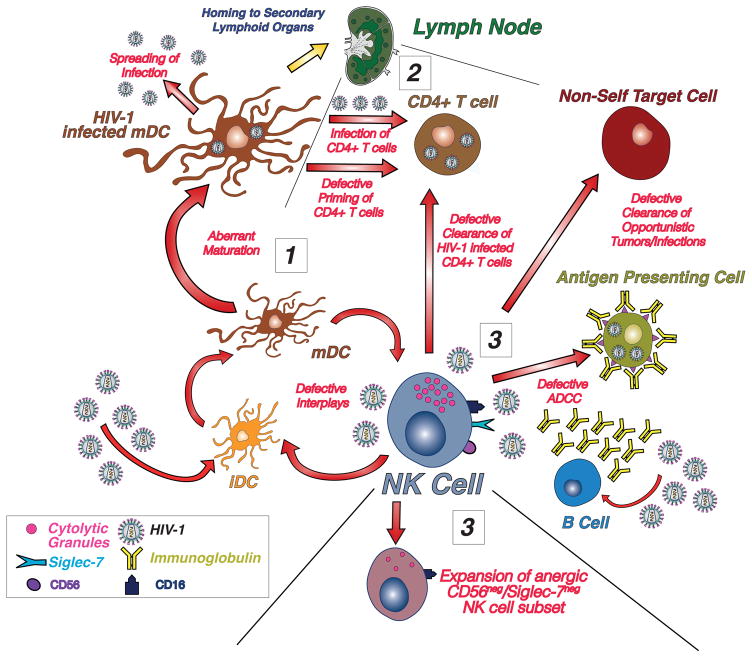Figure 1. Impact of HIV-1 on NK cell homeostasis and functions.
Since from the early stages of HIV-1 infection when tissue-resident antigen presenting cells (APCs) such as immature Dendritic Cells (iDCs) uptake the virus, the defective crosstalk between NK cells and DCs lead to an aberrant maturation and to the infection of these APCs (1). Once migrated to secondary lymphoid organs, these aberrant mature DCs (mDCs) contribute to infect autologous CD4+ T cells instead of ensuring an optimal activation and priming of adaptive immune responses (2). High levels of HIV-1 replication also markedly affects NK cell phenotype and function by inducing the expansion of an anergic subset that lack bot CD56 and Siglec-7 and that is highly impaired in killing autologous and viral infected CD4+ T cells, in the clearance of opportunistic infections and tumors and in performing antibody dependent cell cytotoxicity (ADCC) (3). This aberrant and highly pathogenic vicious loop is completely reversible following the administration of antiretroviral therapy that can restore NK cell homeostasis and anti-viral functions, thus making them an ideal cellular tool to follow-up disease progression and treatment efficacy as well as to develop alternative curative strategies to clear the infection.

